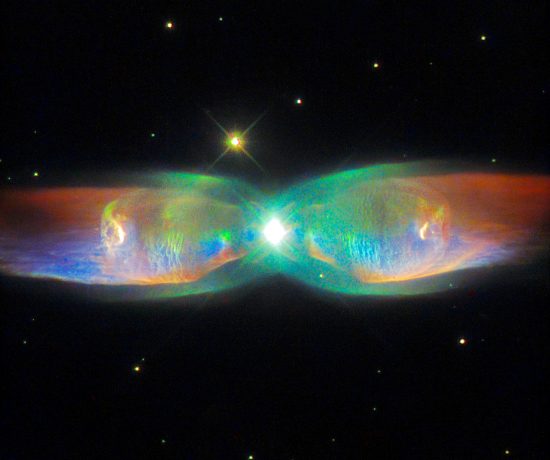
Apr 30, 2019
Stellar oscillators.
Stars are the foci for immense energy from the galaxies in which they live. They are electromagnetic entities, so they cannot be classified by mass, or a particular elemental constitution. They are not internally powered objects, they are bodies formed from plasma filaments squeezing matter in a z-pinch. That is how stars are born and that is where the seeds of supernovae are planted.
A supernova is thought to be the terminal event in stellar evolution. Once a star uses all of its fuel, it is said to collapse under its own gravity and then eject a significant amount of mass due to “core rebound”. According to a recent press release, iPTF14hls seemed identical to most supernovae, until it dimmed and then brightened again. Stan Woosley at the University of California, Santa Cruz said:
“It refused to go gentle into that good night. It just kept on exploding and exploding.”
In an Electric Universe, stars are not balls of compressed hot gas, they are composed of plasmas, so they are electrically charged. Plasma does not behave like a pressurized gas, it behaves according to the tenets of plasma physics. When electricity moves through a plasma, it forms double layers: the “charge separation” so often mentioned in these pages. Could charge separation be responsible for supernovae?
A supernova is an exploding star, but it is the breakdown of double layers, not core collapse, that results in the event. Since stars are externally powered by electric charge flowing through circuits in space, supernovae are the result of a stellar “circuit breaker”. When their double layers explode because of increased electrical input, energy from vast galactic circuits flows into the explosions. The resulting radiation is emitted across the entire electromagnetic spectrum from radio to gamma rays.
Electric Universe advocate Wal Thornhill wrote:
“How does a star explode? The conventional “implosion followed by explosion” model has many shortcomings. An electric star, on the other hand, has internal charge separation which can power a star-wide, expulsive lightning-flash. The star relieves electrical stress by fissioning or blowing off charged matter…However, if the stored energy reaches some critical value it may be released in the form of a bipolar discharge, or ejection of matter, along the rotational axis.”
Stars are born of electricity, and electric stars are where the seeds of supernovae mature. Therefore, iPTF14hls is acting like an electrical oscillator, responding to incoming electric charge, and not like a gravitationally compressed ball of hot gas.
Stephen Smith












